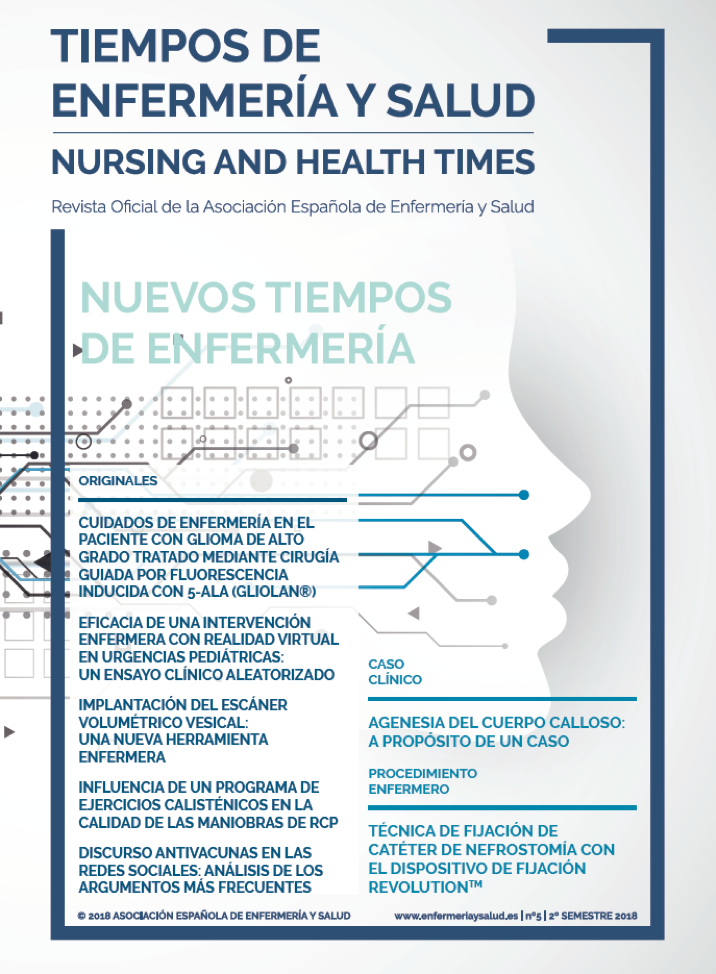Approach to mechanical ventilation.
Chapter 3. Monitoring and ventilatory assistance.
Abstract
Any diagnosis requires a prior monitoring of the patient's condition. This provides a global vision of its status and response; although the best possible monitor continues to be prudent professional judgment. The evaluation of ventilatory assistance covers four pathophysiological areas: gaseous exchange, ventilatory mechanics, respiratory neurophysiological activity, and hemodynamic state. Its monitoring can be intermittent, or continuous, invasive, or non-invasive.
We will analyze only the monitoring of gas exchange. This quantifies variables of oxygenation, ventilation, and acid-base balance through three techniques: gasometry, pulse oximetry and capnography. Its daily use goes beyond the critical care field, just like mechanical ventilation itself.
Gasometry measures directly on the blood sample: partial pressure of oxygen, oxygen saturation of hemoglobin, partial pressure of CO2, and pH. Data calculated by the gasometric analyzer are the levels of bicarbonate, excess of bases, or the P50. Modern gasometers allow to obtain data such as lactate, sodium ions, potassium, chlorine, calcium, and glycemia; and relevant data in certain clinical situations such as carboxyhemoglobin, fetal hemoglobin, and / or methemoglobin. Arterial blood gas is the standard in blood gas measurement, and comparative calibration reference for other non-invasive systems.
The non-invasive and continuous measurement of oxygen saturation by pulse oximetry allows early detection of hypoxemia. Easy to use, does not require calibration, well tolerated by the patient, accurate and fast; The pulse oximeter has raised oxygen saturation to the fifth vital constant range. Finally, the non-invasive monitoring of CO2 by determining the fraction of CO2 at the end of the expiration, or "End-Tidal CO2", is commonly known as capnography; very useful also in all health areas. The monitoring of gas exchange has transcended critical care to be installed even in our homes.

